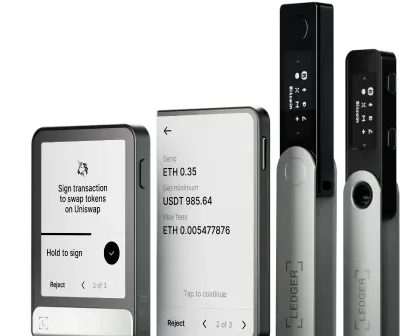Compare Ledger wallets
Ledger Security Update
Verify your 24-Word Recovery Phrase
This verification is important to ensure the security of your Ledger wallet. It protects against fraud, ensures full access to your assets, and keeps you compliant with Ledger’s latest security policies.






























